I got back Sunday morning from my first trip to Brazil. I had a great time last week as a guest of a company called Gemba Group. I was treated incredibly well and I had a great time with them in the city of Curitiba.
There were many things that were unique or different about Brazil, but I also saw and heard many familiar things along the way — part of human nature or a consistent human experience in various organizations.
I visited the Gemba Group offices and training center and learned that what we call the “five whys” is the “cinco porqués” in Portuguese, as shown in this problem-solving template :-)
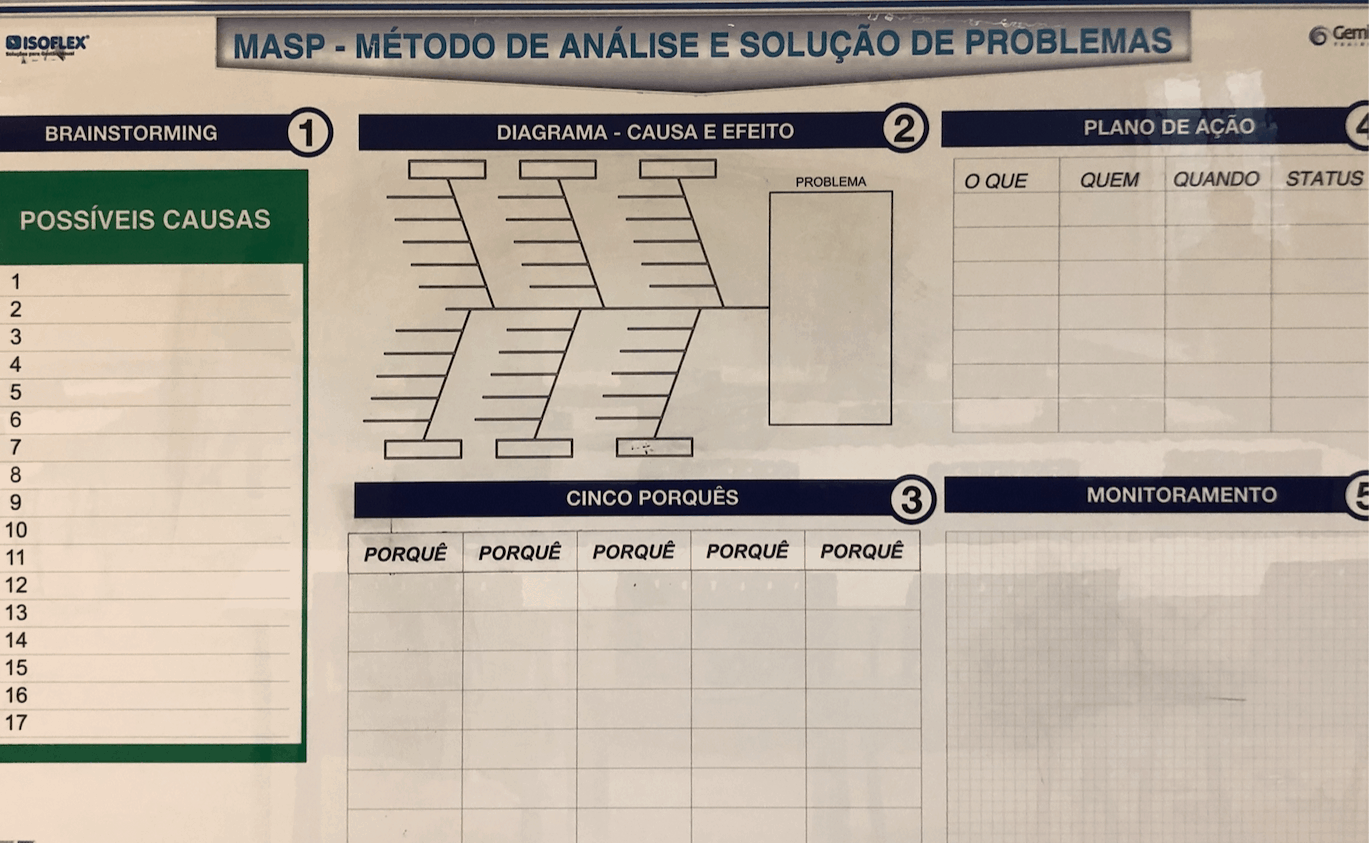
Food and Drink
I ate a lot of great food, including a lot of beef — two meals at churrascaria restaurants. I love grilled meat, so I felt right at home. I did, also, see two restaurants that offered “American smoked BBQ,” including the one restaurant pictured below (it looks a bit like The Alamo, I thought).
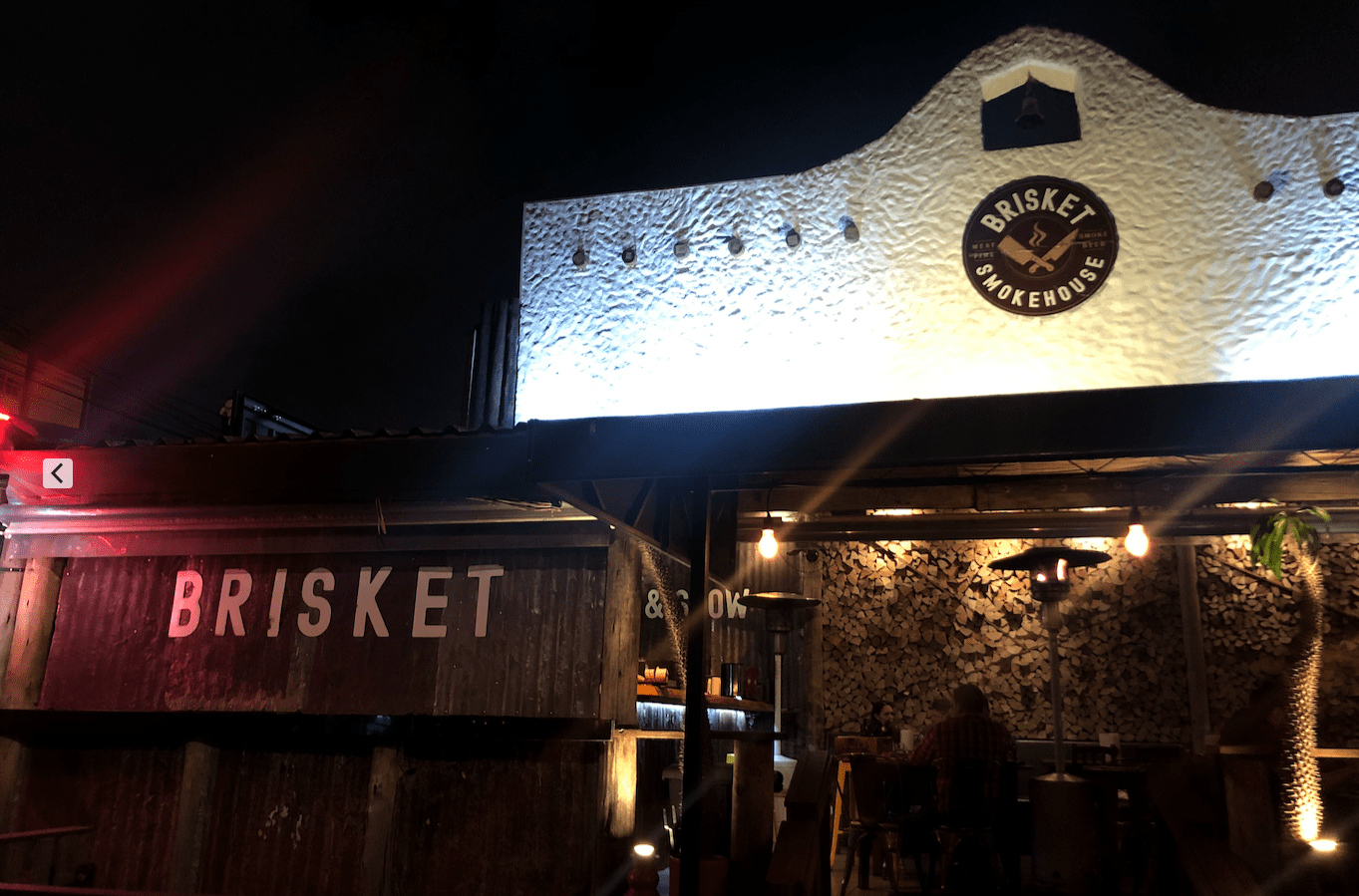
The “Brazillian BBQ” is cooked over open flame that comes from wood chunks and coals. In Texas, that's called “grilling” (and “barbecue” is cooked with smoke and low heat).
I did enjoy getting the chance to “visit the gemba” (as my hosts and I might call it) at the second churrascaria — what most might call a “kitchen tour.” The kitchen, with all of the wood fires, felt as hot as my backyard pizza oven. The food was delicious!
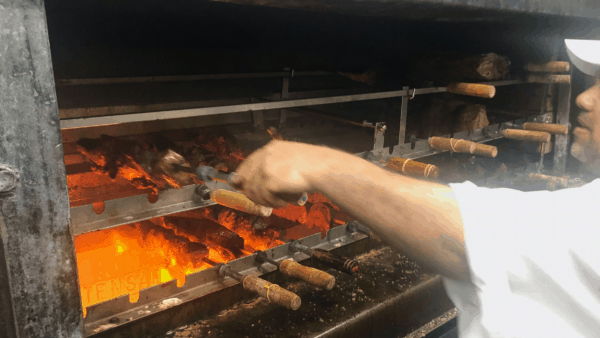
Each restaurant had their own red/green visual indicator for showing if you wanted more meats or not:
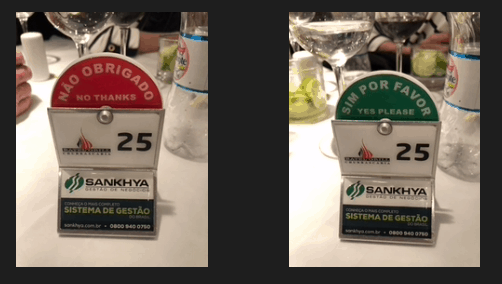
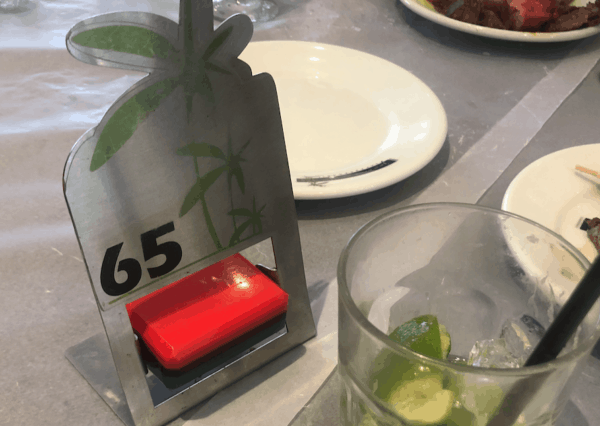
The visual indicator didn't always get noticed or honored, which was generally fine :-)
I didn't get to visit any cachaça distilleries, but I did learn that the Brazillian liquor is sometimes aged in oak barrels, ala whiskey (or some tequilas, etc). Maybe in a future trip. I will get to visit (as a tourist) a whiskey distillery in Japan when I'm there in December (and you can still join me and Kaizen Institute for the formal “Lean Healthcare” tour that will be taking place the week before).
Here I am enjoying a “caipirinha,” the national drink of Brazil (which is made with cachaça, limes, and sugar. A caipirinha and churrascaria goes together like a margarita and fajitas would here in Texas.
But back to the purpose of the trip… speaking, a workshop, and gemba visits to two organizations.
Workshop: “Measures of Success”
Gemba Group had me do a half-day workshop on “Process Behavior Charts” and the methods from my book Measures of Success: React Less, Lead Better, Improve More.
My version of Dr. Deming's “Red Bead Experiment” was a hit and people reacted the way they always do when I run the workshop in North America. I've done this workshop at the European Lean Healthcare Summit, so I had a hypothesis that this would be well received in Brazil.
As in other sessions, the attendees are “in on the joke” in terms of the Red Bead “production” system's design being stronger than any of the individual “willing workers.” Even though the number of red beads is basically random, people still get competitive and bummed out when their defect rate is high.
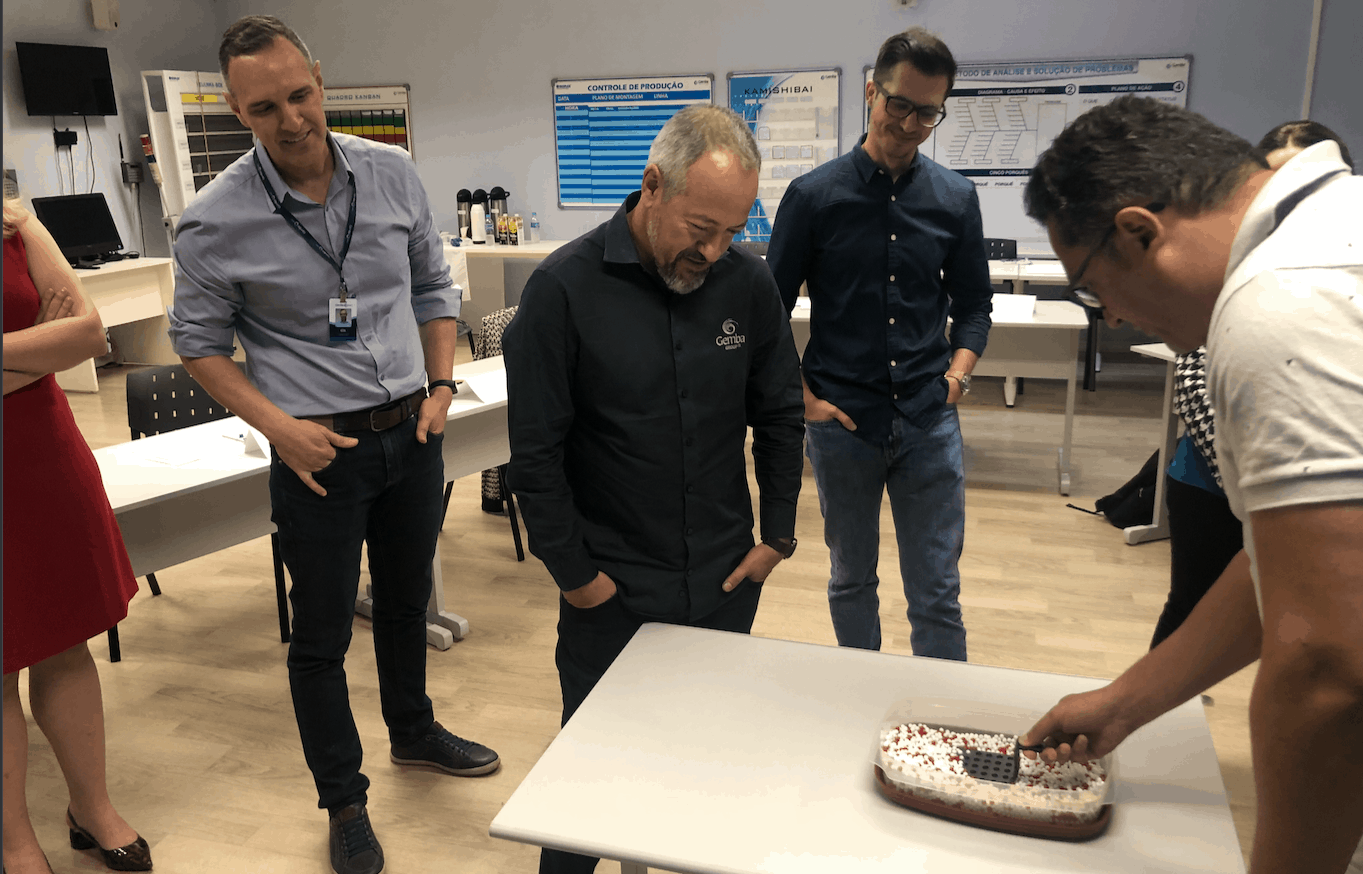
Here are their results, in tabular form and as a “Process Behavior Chart.”
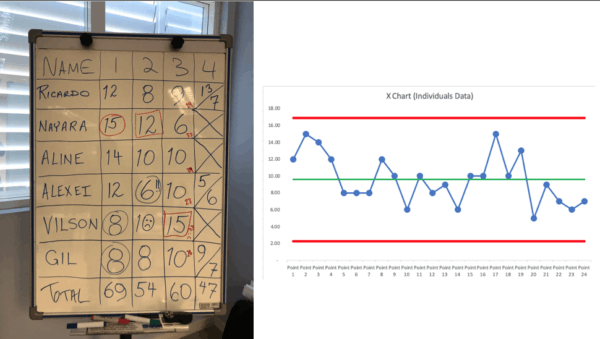
This iteration of the game shows how the last five data points (all being below the average) is well within the realm of random fluctuation. There's no “trend” (even though a linear trend line would slope downward). The number of red beads just fluctuates around an average.
None of the, ahem, management tactics that I try when role playing as the CEO of the company as effective. Again, the participants are in on the joke when I try things like:
- Positive recognition (for the best performers) and punishment for the worst
- Quality posters and slogans
- Targets and incentives
- Firing the bottom half of the workers before round 4
That last tactic illustrates how a “data-driven decision” isn't necessarily a fair decision (or a good decision). Data-driven decisions can also look like workplace discrimination.
The participants discussed how their organizations use similar tactics and that we need to work together to improve systems instead of just demanding that people try harder. Admonishments to be more careful don't work, either.
Telling people to “be more careful” with markers that aren't whiteboard markers might not work either… as I shared on LinkedIn:
That older blog post about error proofing markers:
My Talk
I was invited to give a talk at the main Lean Six Sigma conference. Mine was one of two presentations that was translated from English, as everybody else presented in Portuguese (and I was thankful for the simultaneous translation).
Oh, there was an interesting small “Kaizen” that was done on stage. The talks were being video recorded. The first speaker was very animated and was all over the stage (this was the other American). I think this made recording more difficult, so a subtle masking tape box was put down on the stage to show the speakers where to stay (as I also shared on LinkedIn):
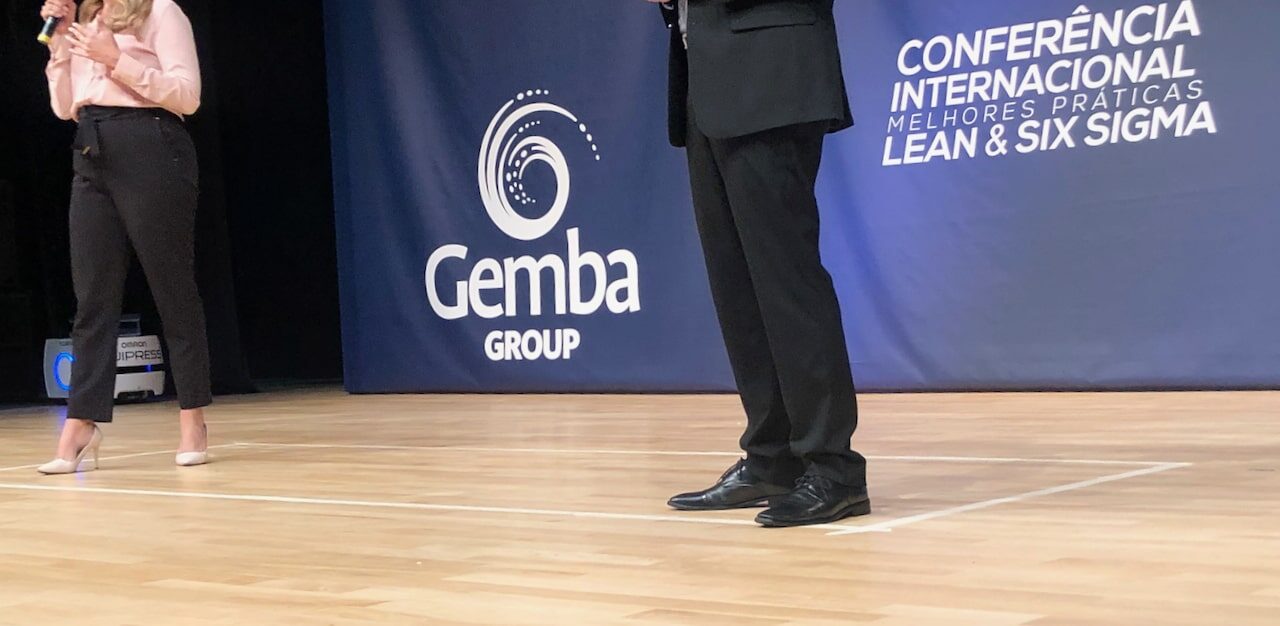
It worked! And it did lead to me making a joke at the start of my talk about “thinking outside of the box” with metrics in the context of Lean.
I don't have good photos from the talk yet, but here I am being introduced:
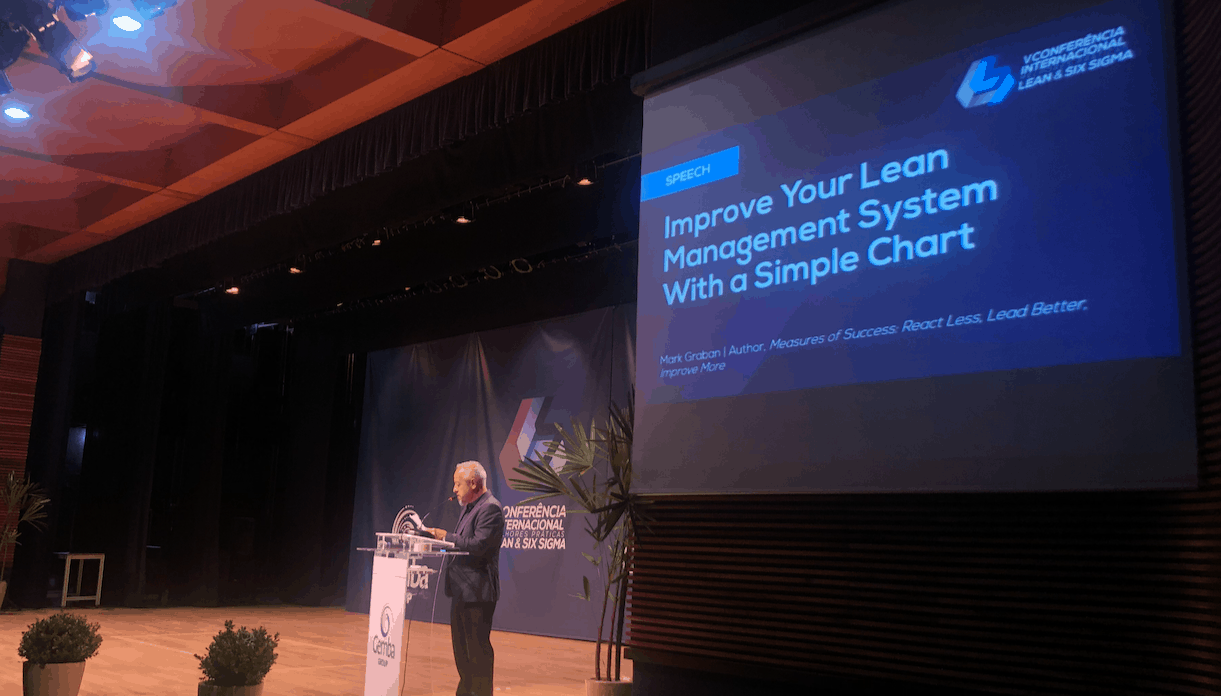
My talk, about the use of Process Behavior Charts in the context of Lean management was a relatively technical talk (see an article about this here). Many of the presentations focused on leadership and change management, as they should. The event seemed heavy on the “Lean” side of “Lean Six Sigma,” which was a bit of a somewhat pleasant surprise.
My “management by emojis” example drew a knowing laugh from the audience:

Again, this type of overreaction to every up and down (or every “red” data point) seems to be pretty universal management behavior.
The above chart is, of course, a “predictable” (a.k.a. “in control”) system when drawn as a PBC. It's nothing but noise.
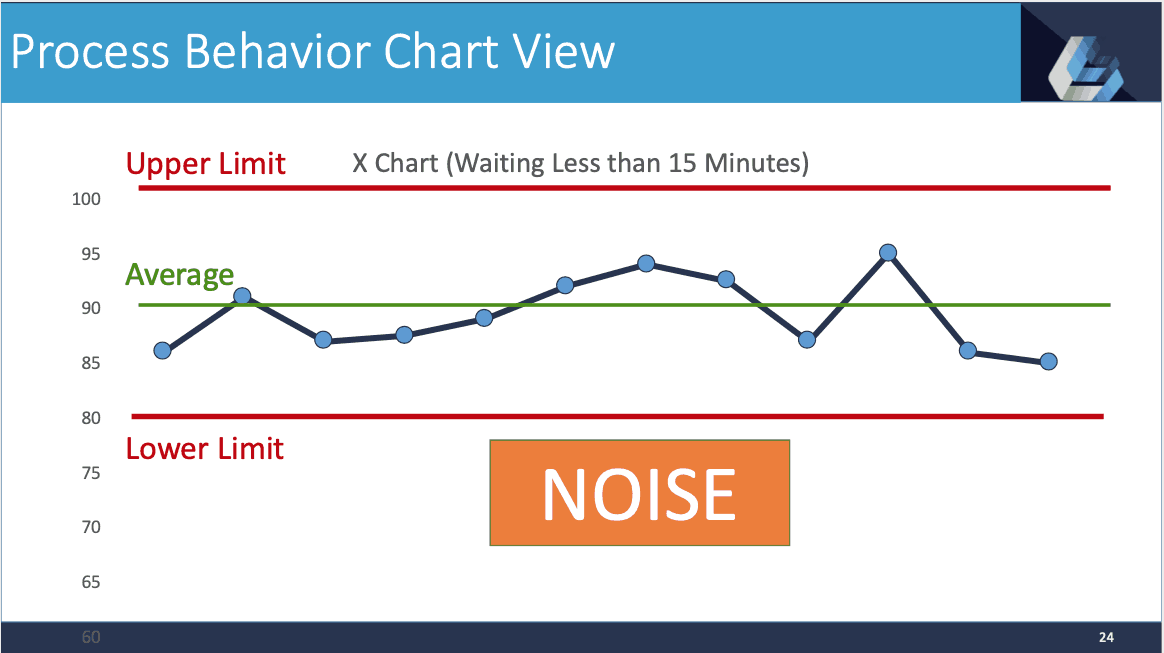
There's no reason to explain any of those data points. But, as in the Red Bead Game, we can instead do something that actually improves the system instead of being happy or upset about each data point.
I'll write a blog post about some of the other talks, including one by a Toyota executive and one by a physician who shared how he has used my books “Lean Hospitals” (the Portuguese edition) and “Measures of Success” in the course of his oncology improvement work.
To the Gemba(s)
I had the opportunity to make two gemba visits: one to a hospital and one to an electronics factory. I'll write a separate blog post about them, but going back to the theme of my book, workshop, and talk…
The hospital has been doing some great work to improve emergency department patient flow using Lean methods. They're looking at the value stream that includes radiology and inpatient units. I observed one of their three daily huddles that include leaders from various departments. They're relatively new to Lean, but they're showing (thanks to help from Gemba Group) that it can make a difference. Read more:
The electronics factory (also a Gemba Group client) has been on their “Lean journey” for more like five years. They've done a lot to redesign the flow of the factory and there are many Lean management practices in place.
I couldn't help but notice that their strategy A3s and other A3s had charts that included red/green color coding and emojis. Oh, they had yellow ones too — like this:

I had an opportunity to give some polite feedback when asked. Yes, we can all strive to improve our improvement efforts. We can learn to separate signal from noise in our metrics and we can do more than just compare a year-to-date number to a goal. I think the one production leader understood SPC, but hadn't yet considered how to apply the concept to their metrics. So maybe they'll get to do that.
But, that said, this was a small “opportunity for improvement” in an otherwise healthy-seeming Lean transformation effort.
Those are some of the highlights. Thanks again to my new friends at Gemba Group for the opportunity to visit, share, and learn.
A Difference With the Bus System
I didn't ride their city bus system, but I did notice that the bus stops were raised platforms — almost like a subway station:
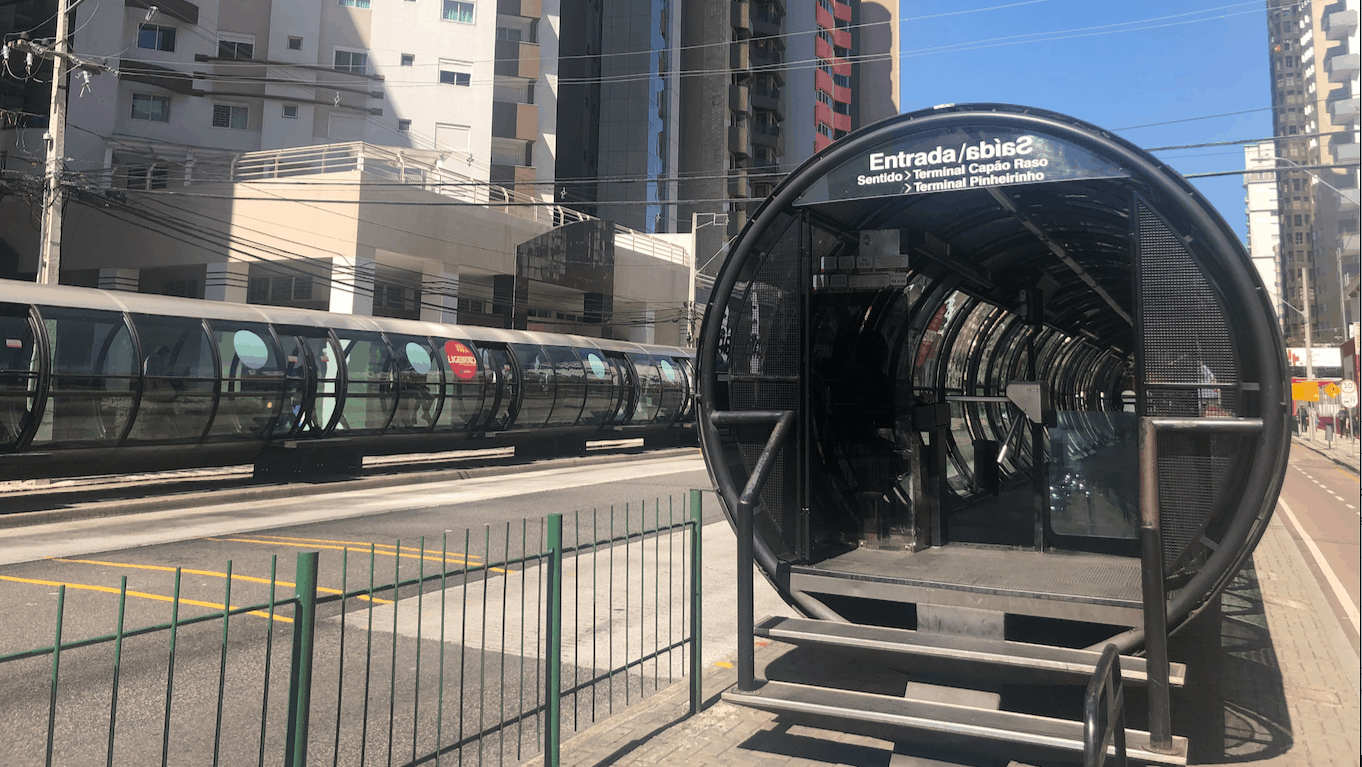
The bus loading process is probably faster because riders pay when they enter the bus stop (instead of waiting to pay on the bus). Since people arrive to the stop in a somewhat level-loaded way, that spreads out the payment work by doing it in advance (although it does require an employee at the bus stop currently).
When the bus arrives, platforms lower for people to enter and exit the bus at a point that's even with the stop (higher than street level) — see the yellow platforms that lower and come out from the bus:
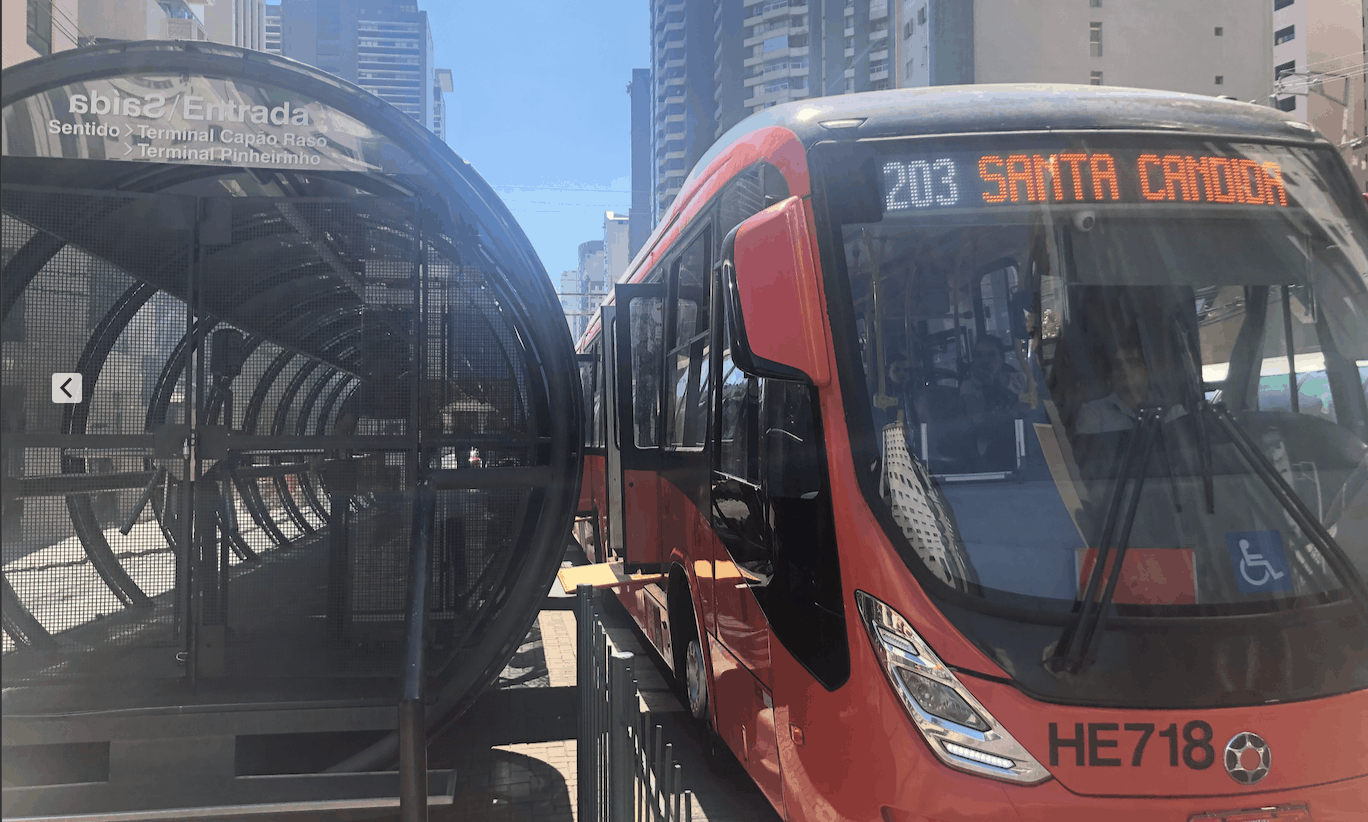
Has anyone else seen a system that works this way around the world? Does it really work better? I wonder how that experiment is going?
These Cookies
Oh, and these cookies on the Latam flight from Curitiba to Sao Paolo were not exactly as advertised by the packaging. It's OK, I'm trying to avoid cookies anyway. But, the curiosity to see how they tasted was sidetracked by how non-chipped they looked… quite the defective cookie!

Please scroll down (or click) to post a comment. Connect with me on LinkedIn.
Let’s work together to build a culture of continuous improvement and psychological safety. If you're a leader looking to create lasting change—not just projects—I help organizations:
- Engage people at all levels in sustainable improvement
- Shift from fear of mistakes to learning from them
- Apply Lean thinking in practical, people-centered ways
Interested in coaching or a keynote talk? Let’s start a conversation.






![When Was the Last Time a Leader Around You Admitted They Were Wrong? [Poll]](https://www.leanblog.org/wp-content/uploads/2025/07/Lean-Blog-Post-Cover-Image-2025-07-01T212509.843-238x178.jpg)




The Curitiba bus system is legendary in urban planning circles. Planners originally wanted to build subway lines, but that was too expensive, so they invented this bus system. See, for example, this article in The Guardian: https://www.theguardian.com/cities/2015/may/26/curitiba-brazil-brt-transport-revolution-history-cities-50-buildings
Interestingly, NYC did a demo project for this kind of bus about a decade ago. It worked, but the city didn’t go through with it because of the difficulty of getting many agencies (MTA, DOT, etc.) to coordinate.
Thanks, Dan.
A couple of highlights from the article:
“… [the design would] allow buses to run at speeds comparable to light rail, while dramatically reducing the cost.”
There was arguably some “Study and Adjust” after the initial “Plan and Do”:
Cool! San Antonio, when I was living there, proposed a “modern streetcar” system that was rejected. Some argued for just improving bus lines instead of putting inflexible tracks into streets. There’s something to be said for the flexibility of bus routes intead of digging tunnels.